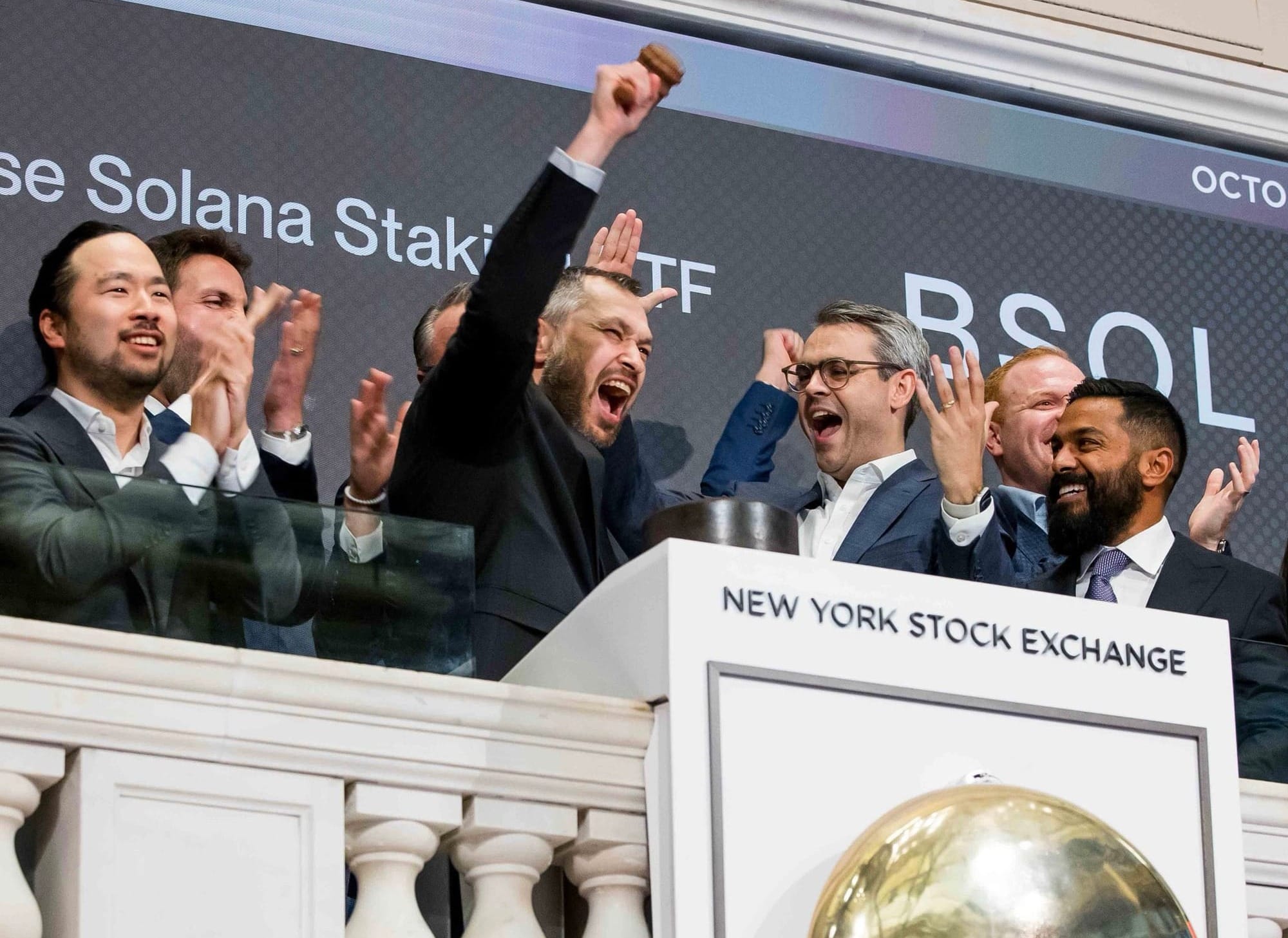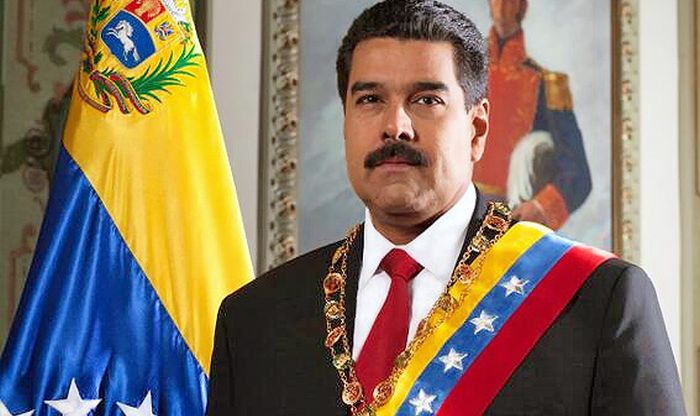Bitwise Solana Staking ETF Records $72 Million Second-Day Volume

Bitwise Asset Management's Solana staking ETF recorded $72 million in trading volume on its second day Thursday, building on a $65 million first-day debut that Bloomberg ETF analyst Eric Balchunas called "an enormous number and a good sign."
The fund, trading under the ticker BSOL on the New York Stock Exchange, launched Tuesday as the first U.S. exchange-traded product offering direct exposure to SOL, Solana's native token. It posted the top first-day performance among all ETFs listed in 2025.
The San Francisco-based asset manager, which oversees more than $15 billion in crypto assets, structured BSOL to provide investors both price exposure to Solana and staking rewards. The proof-of-stake blockchain currently offers approximately 7% annual staking yields, according to Bitwise CEO Hunter Horsley.
"Investors like growth potential, and investors like staking rewards," Horsley said in the launch announcement. "BSOL provides low-cost exposure to both."
The ETF carries a 0.20% management fee, though Bitwise is waiving fees entirely for three months on the first $1 billion in assets. The fund offers in-kind creation and redemption mechanisms and partners with Helius, which manages over 13 million staked SOL, for staking operations.
Solana has emerged as one of crypto's fastest blockchains, processing transactions in roughly 400 milliseconds compared to 12 seconds for Ethereum and 10 minutes for Bitcoin. The network generated over $2 billion in revenue over the past year, more than any other blockchain, according to Bitwise.
The launch comes as industry observers predict substantial institutional flows into Solana products. Zach Pandl, head of research at Grayscale, forecasted that a potential U.S. spot Solana ETF could capture at least 5% of SOL's total token supply within one to two years—mirroring adoption patterns seen with Bitcoin and Ethereum ETFs.
At current market prices, that 5% threshold would represent over $5 billion worth of SOL flowing into products from firms like Grayscale and Bitwise, signaling significant institutional demand for exposure to Ethereum alternatives.
BSOL joins Bitwise's suite of more than 30 crypto investment products across U.S., U.K., and European markets. The firm emphasized that the product carries high risk and potential for significant volatility, and is not registered under the Investment Company Act of 1940.
You May Also Like

EU Gears Up for Final Pressure on Russia with 19th Sanctions Wave

Venezuela Plans To Add Bitcoin And Stablecoins To The National Banking System

